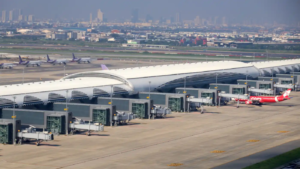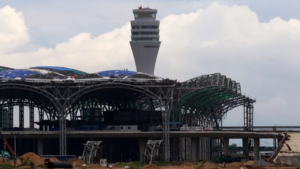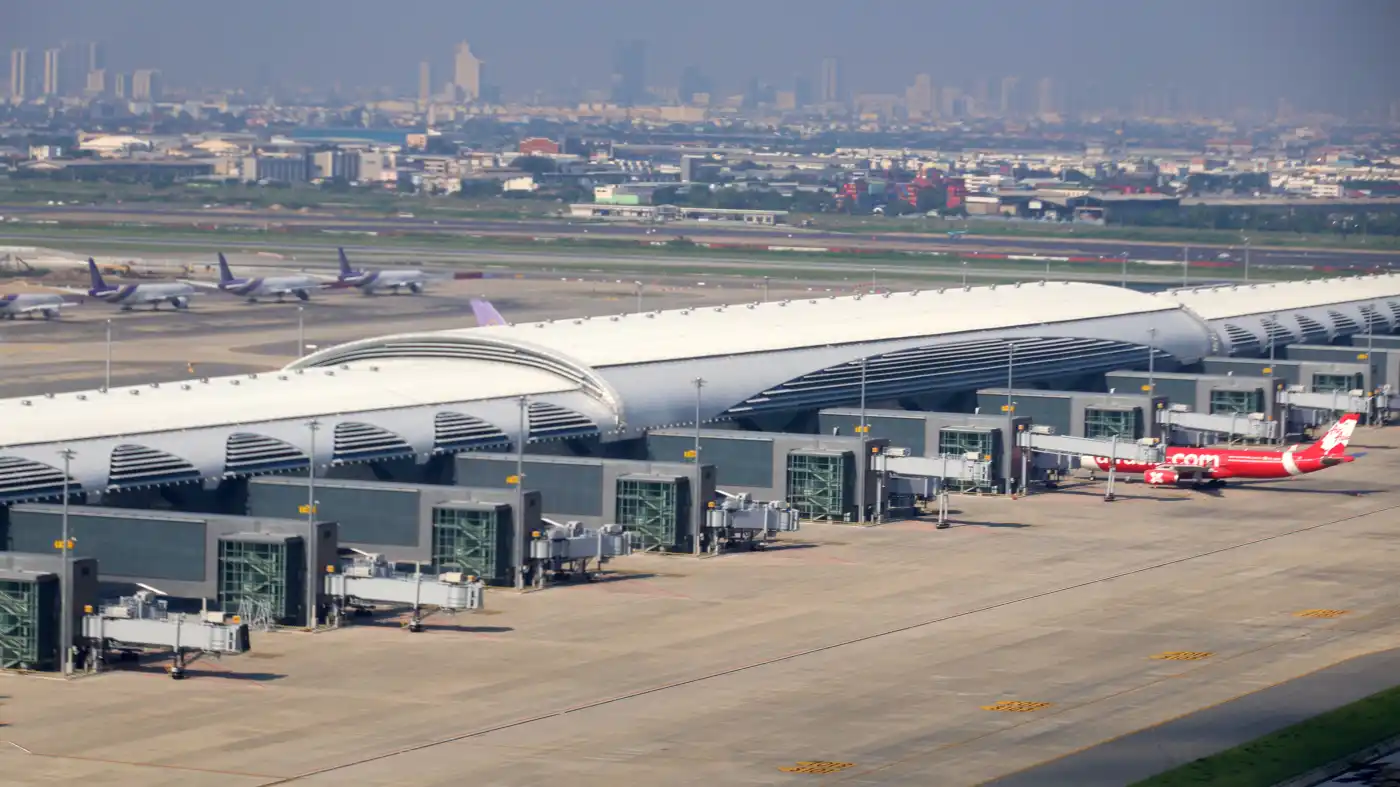
Thailand, Vietnam and neighbors compete in airport expansion race
Airlines’ passenger capacity for seven Southeast Asian nations to double by 2030
Southeast Asian countries are rushing to expand their major airports to meet rising domestic demand as well as attract foreign investment and travelers to boost economic growth, although some plans are raising concerns about over- investment.
According to Nikkei research into expansion plans for airports near the capital cities of seven countries in the region — Thailand, Vietnam, the Philippines, Malaysia, Indonesia, Singapore and Cambodia — total annual passenger handling capacity will reach at least 653 million people by 2030, nearly doubling from the 336 million people as of January 2023.
In Thailand, a satellite terminal opened at Suvarnabhumi Airport near Bangkok in September. The launch comes at “the best time for reviving the domestic economy,” Thai Prime Minister Srettha Thavisin said at the opening ceremony. He expressed hope that the expansion would contribute to the recovery of Thailand’s tourism industry, which was hurt by the pandemic.
The terminal can host up to 28 aircraft and handle 15 million passengers a year. Once fully operational, the airport’s overall capacity will increase by 30% to 60 million passengers annually, easing congestion.
The airport also expects a third runway to be completed in 2024. It further aims to build a second satellite terminal and another runway by 2030, and increase annual passenger handling capacity to 150 million.
The Thai government is also planning to expand two other airports, Don Mueang International Airport near Bangkok and U-Tapao Airport, located southeast of the capital. The total capacity of the three airports in the metropolitan area would increase to 200 million passengers by 2030.

The rush in Thailand and other countries to develop airports is being fueled by the rise of domestic demand amid their growing middle-income class. Air passenger demand in Southeast Asia is expected to nearly triple in the two decades from 2019, according to the Japan Aircraft Development Corporation. The region’s average annual growth rate of 4.6% is higher than the global figure of 3.4%.
Vietnam will invest nearly 100 trillion dong ($4 billion) to increase the capacity of Hanoi’s Noi Bai International Airport to 60 million passengers by 2030, 2.5 times its current amount.
Cambodia will open a new international airport near Phnom Penh in 2025, with a total of $1.5 billion being invested in construction. It will initially be able to handle 13 million passengers, with capacity increasing to 30 million passengers by 2030.
Malaysia has plans to handle 150 million passengers at its airports, double the current capacity. Singapore is aiming for 140 million passengers, up 75% from today’s figure. The completion dates for the two countries’ plans have not yet been decided.
Bigger airports are expected to improve access for travelers to the rest of the world, which would attract not only more passengers but also new foreign companies. The huge investment required for these expansions will also have significant economic effects.
Governments’ high expectations for economic benefits, however, may give the green light to plans that need further thought. Airport development, which entails huge spending and boosts domestic demand, has a large economic ripple effect, and authorities tend to “actively proceed even if their plans aren’t good enough,” according to Toru Nishihama, chief economist at the Dai-ichi Life Research Institute.
The Philippines is planning four airport expansion projects around Manila. Conglomerates and business alliances are expected to take on the development. But the roles for each airport have not been clearly defined, which could lead to competition for customers.
Thailand plans to build a high-speed railway connecting the three airports in the Bangkok metropolitan area, but construction has not started due to delays in acquiring land for the project. Questions have been raised over the accuracy of forecasts in passenger demand for each airport and the high-speed railway, which may undermine the effectiveness of investment.
Source: https://asia.nikkei.com/Business/Transportation/Thailand-Vietnam-and-neighbors-compete-in-airport-expansion-race



